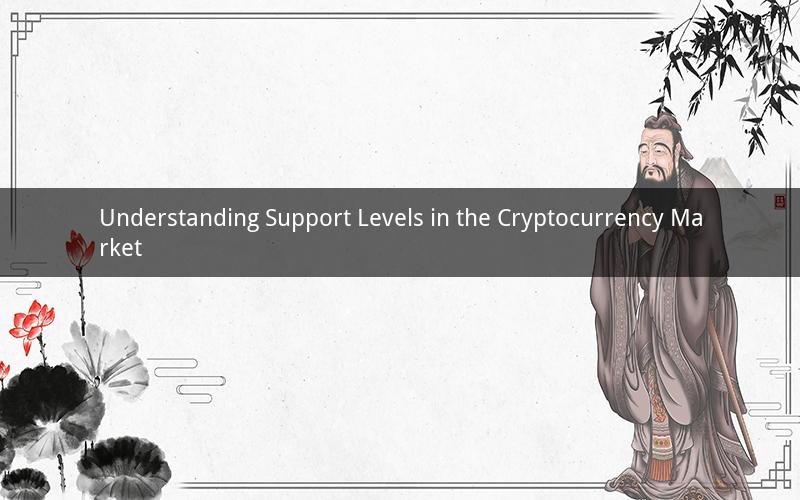
In the ever-evolving world of cryptocurrencies, traders and investors often come across the term "support level." But what exactly is a support level, and how does it impact the crypto market? This article delves into the concept of support levels, their significance, and how they can be utilized in trading strategies.
1. What is a support level in crypto?
A support level in the cryptocurrency market is a price level at which a significant number of traders are willing to buy the asset, preventing it from falling further. It is a key indicator that helps traders identify potential buying opportunities. When the price of a cryptocurrency reaches a support level, it is expected to find support and bounce back.
2. How do support levels work?
Support levels work based on the principle of supply and demand. When the price of a cryptocurrency falls to a certain level, buyers step in to purchase the asset, creating a floor for the price. This buying pressure acts as a support and prevents the price from falling further. Conversely, when the price of a cryptocurrency rises, sellers may enter the market, creating a ceiling for the price. This selling pressure acts as a resistance level.
3. Identifying support levels
Identifying support levels in the cryptocurrency market can be done through various methods. Here are some common techniques:
- Technical analysis: Traders use technical analysis tools, such as trend lines, Fibonacci retracement levels, and moving averages, to identify potential support levels.
- Historical data: Traders often look at past price movements to identify support levels that have been tested and proven to hold.
- Market sentiment: Traders may also analyze market sentiment to gauge potential support levels.
4. Importance of support levels
Support levels are crucial for several reasons:
- Entry points: Traders use support levels as entry points for long positions, as they believe the price will bounce back once it reaches the support level.
- Risk management: Traders can set stop-loss orders below a support level to limit potential losses.
- Trend identification: Support levels help traders identify the direction of the market and whether a cryptocurrency is in an uptrend or downtrend.
5. Using support levels in trading strategies
Traders can incorporate support levels into their trading strategies in various ways:
- Buy at support: Traders can buy a cryptocurrency at a support level, anticipating a bounce back in price.
- Place stop-loss below support: Traders can set a stop-loss order below a support level to protect their investments.
- Exit long positions at resistance: Traders can exit their long positions at resistance levels, which are often above the support levels.
6. Limitations of support levels
While support levels are valuable tools for traders, they are not foolproof. Here are some limitations to consider:
- False breaks: Support levels can be broken, and the price can continue to fall, leading to false breaks.
- Market manipulation: Some traders may manipulate support levels to trick others into buying or selling.
- Changing market dynamics: Support levels can change over time as market dynamics evolve.
7. Conclusion
Support levels play a vital role in the cryptocurrency market, providing valuable insights into potential buying opportunities and risk management strategies. By understanding the concept of support levels and how to identify them, traders can make more informed decisions and improve their chances of success in the crypto market.
Questions and Answers:
1. Q: Can support levels be used in all types of cryptocurrencies?
A: Yes, support levels can be applied to various cryptocurrencies, as they are a fundamental concept in technical analysis.
2. Q: How can a trader determine the significance of a support level?
A: Traders can determine the significance of a support level by analyzing its historical performance, market sentiment, and the volume of trading activity at that level.
3. Q: Are support levels always reliable?
A: Support levels are not always reliable, as they can be broken due to false breaks, market manipulation, or changing market dynamics.
4. Q: Can a support level act as a resistance level?
A: Yes, a support level can act as a resistance level if the price breaks through it and then reverses direction.
5. Q: How can a trader use support levels to minimize potential losses?
A: Traders can use support levels to set stop-loss orders below the level, ensuring that their investments are protected if the price falls below the support level.